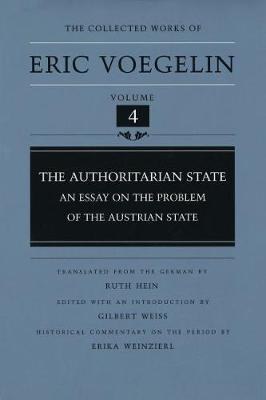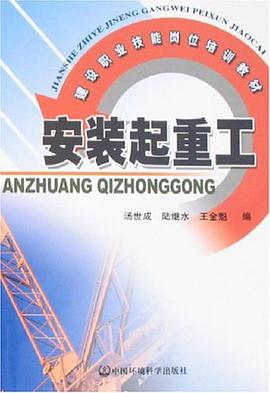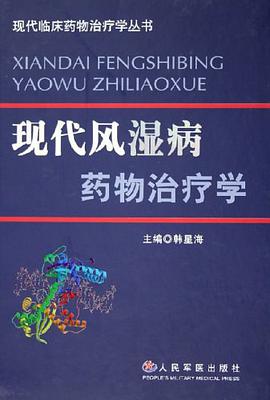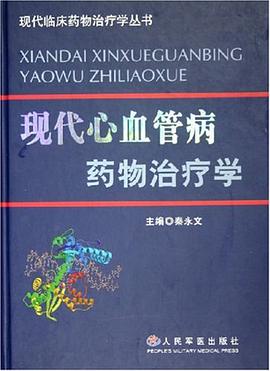Editor's Introduction 1
Historical Commentary on the Period by Erika Weinzieri 10
Part I. "Total" and "Authoritarian" as Symbols
1. The Elements of Meaning Contained in the
Symbols "Total" and 'Authoritarian" 57
Part II. The Austrian Constitutional Problem after 1848
2. The Foundation of Austrian Constitutional Theory: Baron Eötvös 109
3. The Constitutional Situation of 1848-1849 126
4. The Cycles of the Constitutions 139
5. The Founding of the State in 1918-1920 147
Part III. The Authoritarian Constitution since 1933
6. Kelsen's Pure Theory of Law and the Problem of
an Austrian Theory of the State 163
7. The Constitutional Transition (March 1933 to
May 1934) 213
8. The Core of the Authoritarian State 249
9. The Authoritarian Chambers 275
10. The Relationship of the Executive to the
Agencies of the Federal and Provincial Legislatures 309
11. Emergency Powers Granted the Administration
and Their Control 332
12. The Directly Democratic and Constitutional
Mechanisms 357
Bibliography to Part III 363
Appendix: The Changes in the Ideas on Government and Constitution in Austria since 1918 367
Index 381
ANALYTICAL TABLE OF CONTENTS
Foreword 47
Introduction 49
Part I. "Total" and "Authoritarian" as Symbols
1. The Elements of Meaning Contained in the
Symbols "Total" and "Authoritarian" 57
§1. Political Symbol and Theoretical Concept 57
§2. Carl Schmitt's Concept of the Total State 58
§3. Economic and Political Phases of the Reality of
the State (Lorenz von Stein, Maurice Hauriou) 63
§4. The Economic Element in the Reality of the
Total State 66
§5. The Averroist Factor in Speculations on Totality 72
§6. State and Volk as Total Substances (Fascism and
National Socialism) 75
§7. The Substances as Symbols in the Situation of
Struggle 79
§8. The Historical Significance of the Symbols 81
§9. The Relative Emphasis Placed on the Elements
in the Overall Picture of the State. I: The
French Race Idea (Hauriou, Martial) 83
§10. The Relative Emphasis of the Elements in the
Overall Image of the State. II: The French Idea
of the People (Rousseau) 85
§11. The Element of Education in the Reality of the
Total State 87
§12. Elite and the Masses: Authoritarian Leadership 89
§13. Blanqui's Theory of the Elite (1869) 90
§14. Elite and Authority in Renan (1871) 93
§15. The Institutionalist Theory of Authority
(Renan, Hauriou) 98
§16. The Austrian Theory of Authority (Dollfuss) 102
§17. The Activist Element in the Reality of the Total
State 103
§18. Summary 105
Part II. The Austrian Constitutional Problem after 1848
2. The Foundation of Austrian Constitutional Theory:
Baron Eötvös 109
3. The Constitutional Situation of 1848-1849 126
4. The Cycles of the Constitutions 139
5. The Founding of the State in 1918-1920 147
Part III. The Authoritarian Constitution since 1933
6. Kelsen's Pure Theory of Law and the Problem of an
Austrian Theory of the State 163
§1. The Guiding Idea of the Presentation: Kelsen's
Positivist Metaphysics 163
§2. The Neo-Kantian Demand for Purity of Method 165
§3. The Positivist Trait in the Neo-Kantian
Critique of Method 166
§4. The Unity of Object and the Unity of Being 167
§5. The Unity of the Object and the
Self-Constitution of Social Reality 169
§6. Vacillation between Scientific Context and the
Structure of Reality 170
§7. The Legal Order as a Unit from the Standpoint
of the Practitioner of Law [ Rechtsanwender ]
and the Dogmatist of Law 171
§8. The State as Relevant Unit of Order梩he "Act"
as Second Object beside the "Norm"梩he
Context of Delegation 172
§9. The Breach of the Positivist System through
Recognition of the "Ideology"of the Norm 174
§10. The Metaphysical Function of "Sociology" 175
§11. The Legal Order as a Context of "Norms" and
"Acts"; the "Basic Norm" 176
§12. The System of Metaphysical Battle Concepts
[ Kampfbegriffe ] 177
§13. Eliminating the Reality of the State from the
Object of the Theory of the State 179
§14. The Problem of Ordering Being by Establishing
Norms of Human Behavior 180
§15. The Disintegration of the Person 182
§16. The Disintegration of the State 184
§17. Kelsen's Positive Metaphysical and Political
Demands; the Law as Compulsory Order
[ Zwangsordnung }; Privatization of the
Constitution 184
§18. Kelsen's Metaphysics of Progress; the Order of
Universal Law [ Weltrechtsordnung ] 188
§19. Kelsen's Pure Theory of Law in the Tradition of
Austrian Theory of the State 189
§20. Joseph Ulbrich 192
§21. Ludwig Gumplowicz 194
§22. Felix Stoerk and Friedrich Tezner 198
§23. The Consequences of Pure Theory of Law for
the Interpretation of Positive Law 206
7. The Constitutional Transition (March 1933 to May
1934) 213
§1. The Legal Continuum桳egality and Legitimacy 213
§2. The Practice of the Wartime Economic Decrees
from March 1933 to the Enactment of the
Constitution of 1934 223
§3. The Federal Regulation of April 24, 1934,
Concerning the Constitution of the Federal
State of Austria, BGBl I, No. 239 235
§4. The Enabling Act of April 30, 1934, BGBl I, No.
255 236
§5. The Complete Act of Constitutional Legislation 246
8. The Core of the Authoritarian State 249
§1. The Anonymity of Power; The Systematics of
the Constitution 249
§2. The Enabling Act of April 30, 1934, and the
Constitutional Transition Act of 1934 254
§3. The Core of the Authoritarian State of the 1934
Constitution 255
§4. The Federal President and the Federal
Government 257
§5. The Provincial Governor and the Provincial
Government 266
§6. The Mayors and the Election of the Federal
President 271
9. The Authoritarian Chambers 275
§1. Corporative Society and the Corporative State;
Seipel's Ideas; the Encyclicals 275
§2. Hegel's Critique of the English Reform Bill of
1831 283
§3. Grey's Reform Proposals 287
§4. Principles and Methods for a Solution 293
§5. The Austrian Solution: Advisory Chambers and
the Bundestag 296
§6. The Provincial Diets and the Municipal Diets 306
10. The Relationship of the Executive to the Agencies
of the Federal and Provincial Legislatures 309
§1. The Term of Office of the Federal Legislature 309
§2. The Organization of the Federal Legislature 312
§3. The Position of the Members of Agencies of the
Federal Legislature 314
§4. The Participation of the Agencies of the Federal
Legislature in Federal Legislation: Procedure
Concerning Laws in the Material Sense 317
§5. The Participation of the Federal Legislative
Agencies in the Federal Executive 320
§6. Concluding Considerations Concerning the
Relationship between the Authoritarian
Chamber and the Executive 323
§7. The Relationship between the Executive and
the Provincial Legislative Institutions 330
11. Emergency Powers Granted the Administration and
Their Control 332
§1. Ordinary and Extraordinary Constitution 332
§2. The Elements of the Tenth Section Alien to the
System 334
§3. The Substance of the Emergency Powers 336
§4. Checks on the Emergency Regulations 338
§5. Checks by the Bundestag 339
§6. Review of Regulations by the Federal Court 344
§7. Control Through Accountability of the Federal
President and the Federal Government as
Provided in Article 173 349
12. The Directly Democratic and Constitutional
Mechanisms 357
§1. The Plebiscite or Referendum 357
§2. The Elements of the 1934 Constitution That
Embody the Rule of Law 359
Bibliography to Part III 363
· · · · · · (
收起)






















